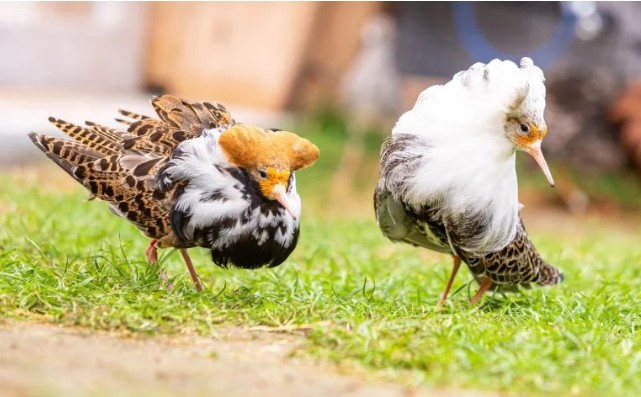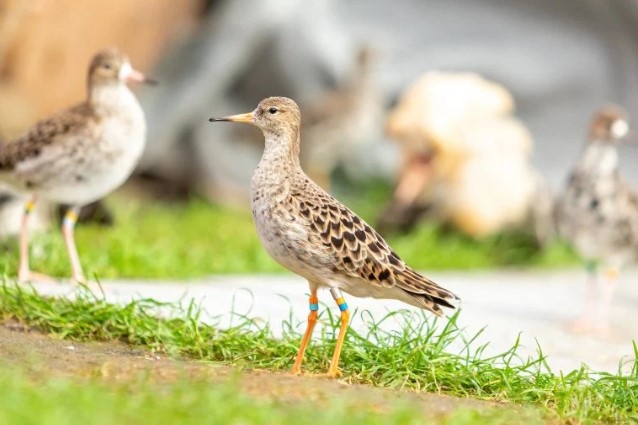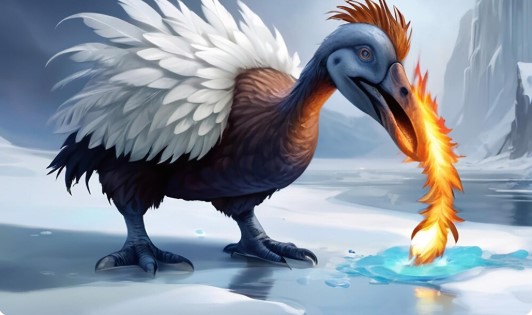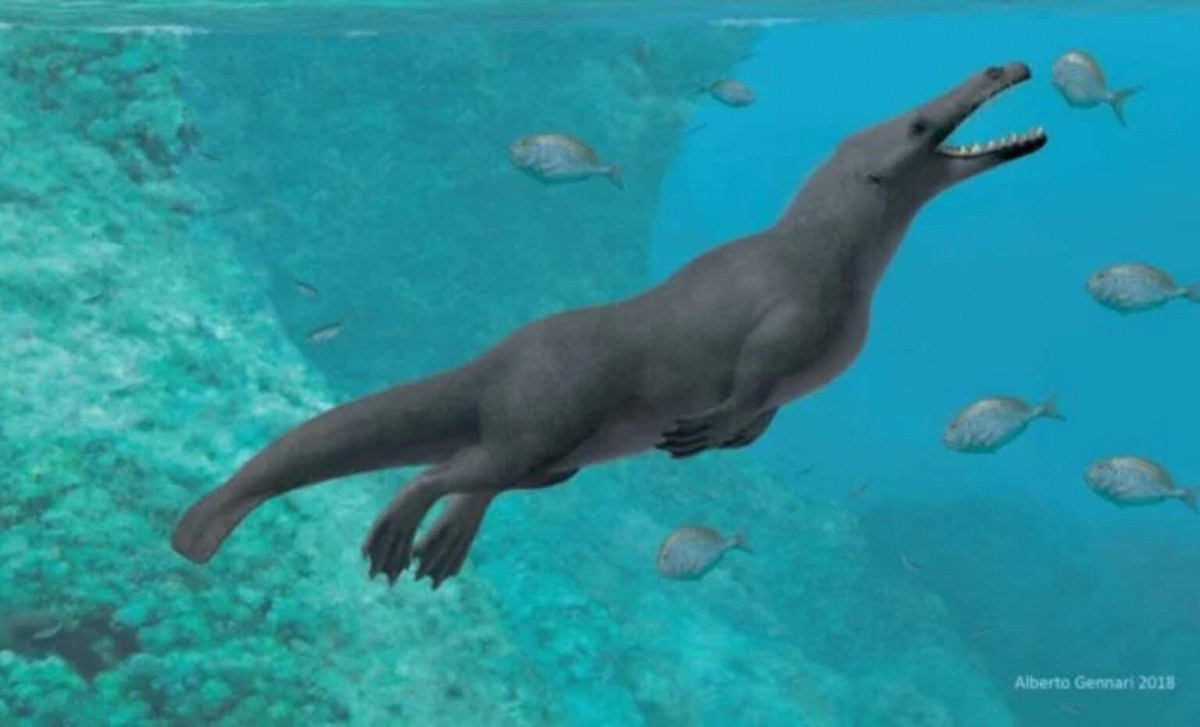Unveiling the Bird with Triple Male Traits: How a New Enzyme is Revolutionizing Biology

Male ruffs have the ability to eliminate excess sex hormones from their bloodstream.
Male violence and dominance are frequently linked to elevated testosterone levels. But some male ruffs, a type of shorebird that breeds all over Europe and Asia, have a special problem: they overproduce testosterone. Together with colleagues from around the world, researchers at the Max Planck Institute for Biological Intelligence have figured out how these birds deal with this overabundance. The hormone is quickly broken down by a powerful enzyme that their bodies generate. Blood's previously underestimated role in regulating sex hormones was highlighted by the study, which found that this process is regulated by a single gene and takes place in the blood.
Did you know? You can comment on this post! Just scroll down
The quintessential male hormone, testosterone affects sexual development, aggressive conduct, and other aspects of the male phenotype. High testosterone levels are generally linked to more assertiveness and successful reproduction in the animal kingdom. Although the testes create the majority of testosterone, it is carried throughout the body via the blood and acts in different areas.
The way that male ruffs eliminate testosterone has recently been demonstrated by a recent study headed by Clemens Küpper. However, this raises the question of how eliminating this crucial sex hormone could help the males of this type of bird, who compete aggressively to attract females.
The way that male ruffs eliminate testosterone has recently been demonstrated by a recent study headed by Clemens Küpper. However, this raises the question of how eliminating this crucial sex hormone could help the males of this type of bird, who compete aggressively to attract females.

Three morphs with different reproductive strategies
Males, often referred to as morphs, come in three varieties that vary in look and behavior. The great majority are "independents," which have darker plumage and aggressively defend a tiny territory in leks, or mating arenas, to win over females. Together with an Independent, the somewhat smaller "Satellites," who have lighter-colored plumage, calmly court. By cleverly disguising themselves as females, the more uncommon "Faeder" males are able to enter the mating arenas undetected.
Excess testosterone is detrimental to the Satellites and Faeders, whose tactics aren't predicated on violence. These males have considerably lower blood testosterone levels than Independents, according to previous research.
Excess testosterone is detrimental to the Satellites and Faeders, whose tactics aren't predicated on violence. These males have considerably lower blood testosterone levels than Independents, according to previous research.
Genetic factors involved in testosterone regulation
The genetic components that control testosterone were mostly unknown until recently. Since the three morphs only differ from one another in a "supergene," a DNA area made up of roughly 100 genes, Ruffs can provide insight into this. It began when a chromosomal fragment broke out and then reinserted itself in the other direction approximately four million years ago.
The researchers discovered a gene in the supergene that codes for an enzyme that degrades testosterone while doing gene expression analysis. They discovered that satellites and faeders were producing it in massive quantities.
The researchers discovered a gene in the supergene that codes for an enzyme that degrades testosterone while doing gene expression analysis. They discovered that satellites and faeders were producing it in massive quantities.
but not in the testosterone-secreting testes. However, the researchers was taken aback when they discovered that Faeders and Satellites produced far more testosterone in the testes than the Independents. This raised the question of how these two mutants were able to keep their blood testosterone levels low.
The scientists discovered that the Faeders and Satellites have developed a "super enzyme," a very potent enzyme that effectively breaks down testosterone. The blood of Satellites and Faeders had high levels of the super enzyme, but the blood of Independents had none at all. One of the original authors, Alex Zemella, says, "We had assumed that this enzyme plays no role in the blood based on previous research in other animals." However, our findings identified a hitherto unidentified location where the enzyme functions. This implies that the blood can directly control the amount of testosterone in circulation, which was previously disregarded.
A sophisticated strategy based on a single gene
This demonstrates the complex tactics that men have developed to improve the effectiveness of their reproduction. "To produce sperm, all males require testosterone in their testes," says main author Jasmine Loveland. However, the hormone also has other consequences. For instance, it can encourage aggressive and courtship behavior in the brain. It's noteworthy to note that the super enzyme appears to be more prevalent in the brains of non-aggressive ruffs, particularly in the hypothalamus. These findings, in addition to the low blood testosterone levels, probably have a significant impact on how they approach mating.
New research avenues are being opened by the finding that variations in a single gene might impact testosterone levels. In the future, the team hopes to further investigate the differences between the sexes and take a closer look at how sophisticated social behaviors are controlled in ruffs.
Reference: “A single gene orchestrates androgen variation underlying male mating morphs in ruffs” by Jasmine L. Loveland, Alex Zemella, Vladimir M. Jovanovi?, Gabriele Möller, Christoph P. Sager, Bárbara Bastos, Kenneth A. Dyar, Leonida Fusani, Manfred Gahr, Lina M. Giraldo-Deck, Wolfgang Goymann, David B. Lank, Janina Tokarz, Katja Nowick and Clemens Küpper, 23 January 2025, Science.
Article Posted 4 Months ago. You can post your own articles and it will be published for free.
No Registration is required! But we review before publishing! Click here to get started

















